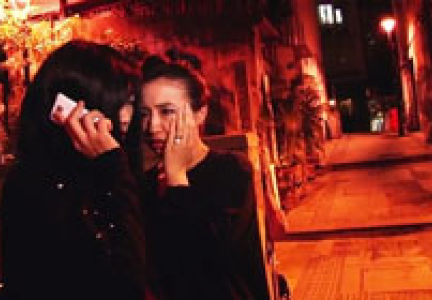Bullying, Violence and Gangs
Wounding and inflicting grievous bodily harm with intent
Wounding and inflicting grievous bodily harm with intent is an offence contrary to Section 17 of the Offences Against the Person Ordinance (Chapter 212).
An offence contrary to Section 17 is committed where a person:
- unlawfully and maliciously, by any means whatsoever, wounds or cause grievous bodily harm to any person; or
- shoots at any person; or
- by drawing a trigger or in any other manner, attempts to discharge any kind of loaded arms at any person,
with intent to maim, disfigure or disable any person or to do some other grievous bodily harm to any person, or with intent to resist or prevent the lawful apprehension or detainer of any person.
A wound is where the skin is evenly divided. A burn or a bruise is not a wound as the skin is not evenly divided. An internal injury, for example a ruptured kidney, is not a wound though it may well amount to grievous bodily harm. Grievous bodily harm is harm which is really serious and can include psychiatric injury. Whether or not there is grievous bodily harm is a question of fact in each case.
Section 17 charges are brought where the incident is serious, for example, a planned attack using weapons or the attack results in serious injury, for example, serious chop wounds, or serious internal injuries.
Section 17 offences require an ulterior intent: the intent to do grievous bodily harm to any person and the intent to resist or prevent the lawful apprehension or detain of any person. The prosecution must first prove the actus reus (guilty act). That is inflicting a wound or causing grievous bodily harm. There prosecution must then prove the accused did this with intent to cause grievous bodily harm and/or with intent to resist or prevent the lawful apprehension or detainer of any person.

